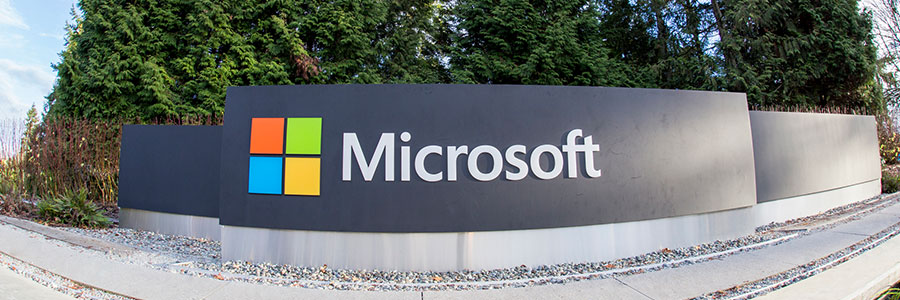If you’re in the market for a new computer or laptop, you may be given a choice to configure your system with either a hard disk drive (HDD) or a solid state drive (SSD). Both drives store data but work in different ways. In this blog post, we’ll discuss their differences so you can determine which one is right for you.
HDD vs. SSD: Which one should you get?
Are your Windows 10 updates taking too long? Here’s what you need to do

Keeping up with Windows 10 updates is vital if you want your computers to have the latest features and security fixes. However, Microsoft’s operating system can take hours to update, especially if a significant change is being released. Fortunately, there are a few things you can do to speed things up.
Data storage: HDD and SSD defined

Computer and laptop buyers today need to make a decision between getting either a solid state drive (SSD) or a hard disk drive (HDD) as a primary storage component for their device. But which one is the better choice? In this article we outline the distinct features of SSD and HDD so you can make the right decision for your next purchase.
Which is best, HDD or SSD?
Is your Windows 10 update slow? Here’s what to do

Windows 10 users are well aware that installing updates can take a long time. We hear users complaining about it all the time. Why are Windows 10 updates so slow, and what can users do? Here’s our take.
Why do updates take so long to install?
Windows 10 updates take a while to complete because Microsoft is constantly adding larger files and features to them.
Speed up your Windows 10 updates
Virtualization is different from the cloud

Cloud computing and virtualization are similar but that doesn’t mean that one can be substituted for the other. Each has its own benefits, so it pays to know how both work, so you can take advantage of them.
Virtualization
Imagine a company with five servers, each assigned a single task such as storage, email, etc.
Easy Steps to Create More Space on Windows 10
How to speed up Windows 10 updates
Improving healthcare data storage

Compared to organizations in other industries, healthcare practitioners are having difficulty adopting new technology. Providers are understandably hesitant about storing electronic health records (EHRs) in the cloud, but there is another option. Virtualization increases IT stability and efficiency and keeps your most sensitive information on site.
- 1
- 2



